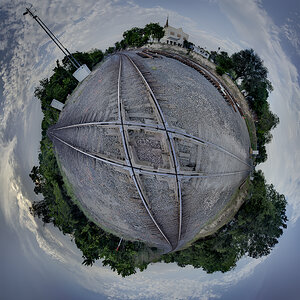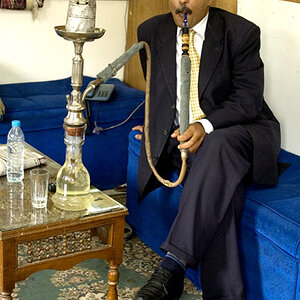MKamran
TPF Noob!
- Joined
- Jan 1, 2015
- Messages
- 16
- Reaction score
- 0
- Can others edit my Photos
- Photos NOT OK to edit
Now i got a Yongnuo 568 Flash that is an HSS & TTL as my experts advised me to buy a TTL..
I took this picture and it had this shadow at the back... was my angle not right? was the flash not at proper angle?

I took this picture and it had this shadow at the back... was my angle not right? was the flash not at proper angle?




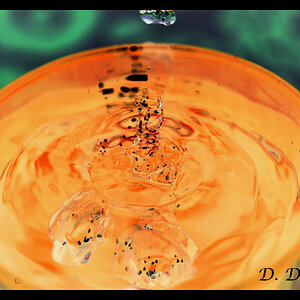

![[No title]](/data/xfmg/thumbnail/39/39419-5d4fd8535ab4f6e01caa38b72bf396e0.jpg?1619739023)

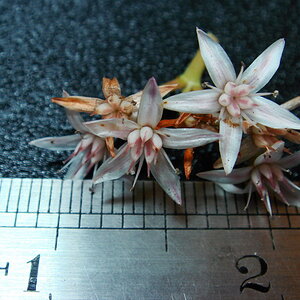
![[No title]](/data/xfmg/thumbnail/41/41897-ea48d59eea1540d700b6e9051bce38da.jpg?1619739935)
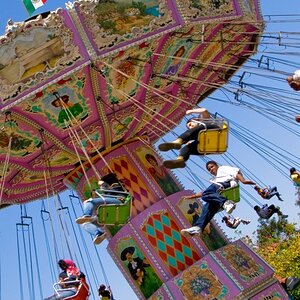
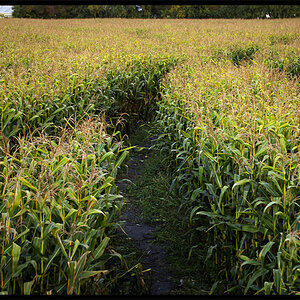
![[No title]](/data/xfmg/thumbnail/34/34146-9d096c80a1d288ea11e1f171a226bc3c.jpg?1619736319)
